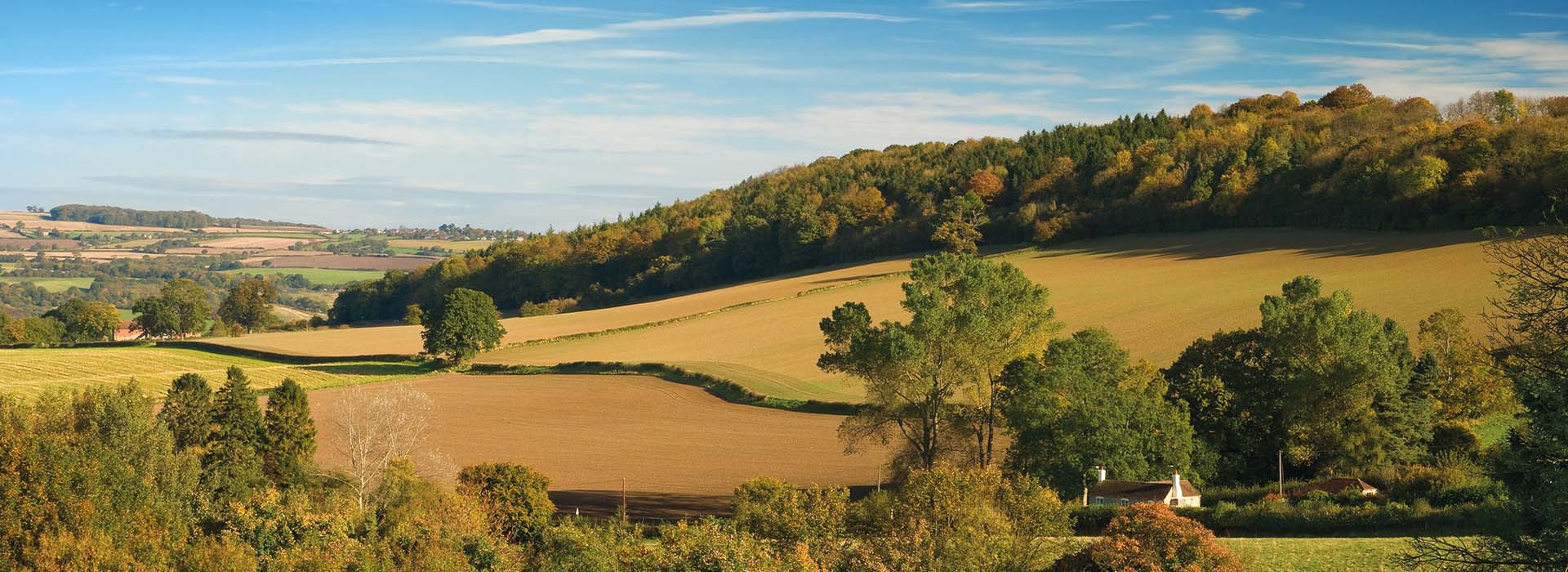We have asked our partners HF Holidays to share with us their favourite walks.
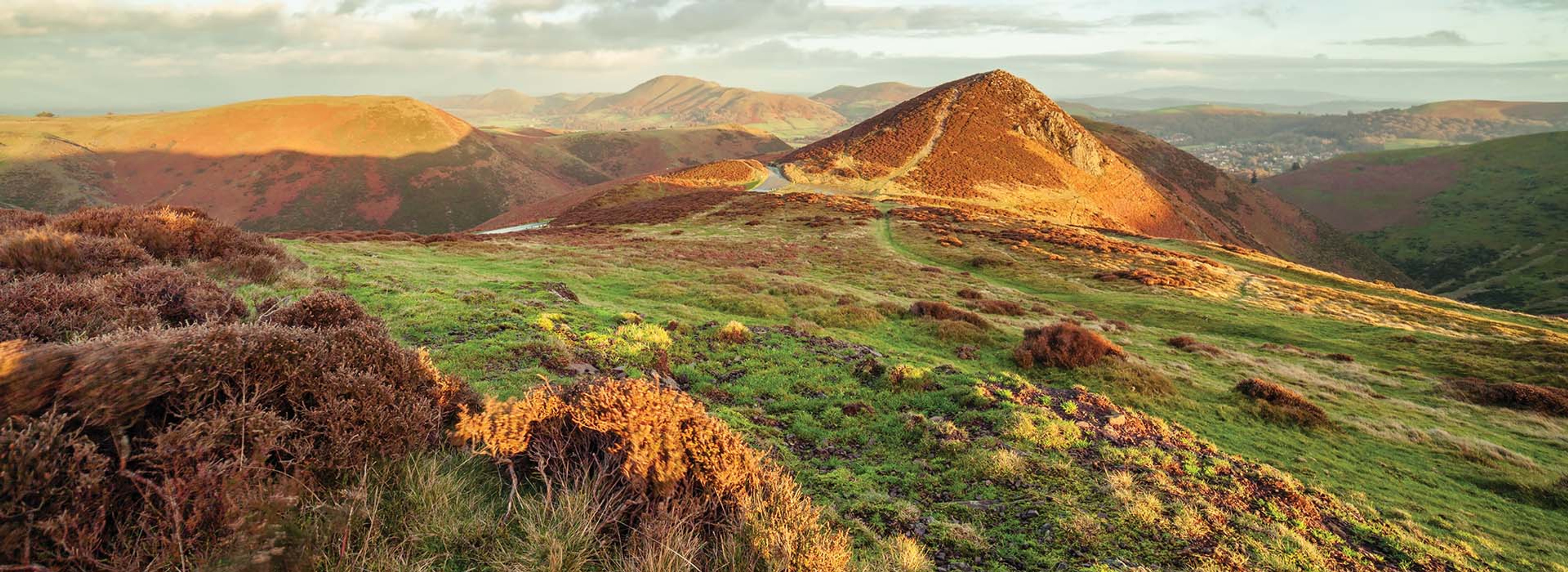
The best walks in the Shropshire Hills
9/17/2021
Hidden in Plain Sight - the best walks in the Shropshire Hills
As we usher in Autumn and cooler days, the need to experience the outdoors remains just as important as the summer months. So, with this in mind, we have asked our partners HF Holidays to share with us their favourite walks.
When outdoors in the British weather, being prepared to deal with the changeable weather and terrain is key to enjoying the great outdoors for longer. Having a layering system that can cope with whatever the weather throws at you is essential, which is why we have a Rohan kit list suggestion should you be looking for ideas.
So, if you are planning a trip to Shropshire, why not give it a try and let us know how you get on?
The Best Walks in the Shropshire Hills
The Shropshire Hills are at the heart of England with its wonderful upland walking, trails, history and heritage. They bridge the gap between the mountains of mid Wales and the industrial flatlands of the Black Country.
Church Stretton is the walking heart, and year-round walking, with or without guides, in this border area is fantastic. From any of its hillsides, you’ll be able to look down on a patchwork of greenery, undulating pastures and arable farmland, divided by hedges, rivers and woodland copses. It’s never truly mountainous but has enough distinctive peaks and rocks to keep a walker happy for decades. According to Peter Toghill, a top UK geologist, who lives in Church Stretton, “Shropshire exhibits a more varied display of geology than any other area of comparable size in Britain”. Explore this Area of Outstanding Natural Beauty on a short break or week away, with trails right from the house's front door, and discover wonderful walks through heather-covered hills, valleys, and ancient woodland. Of course, you could immerse yourself in nature, uncover the areas industrial past or tackle sections of the classic long distance trail here too.
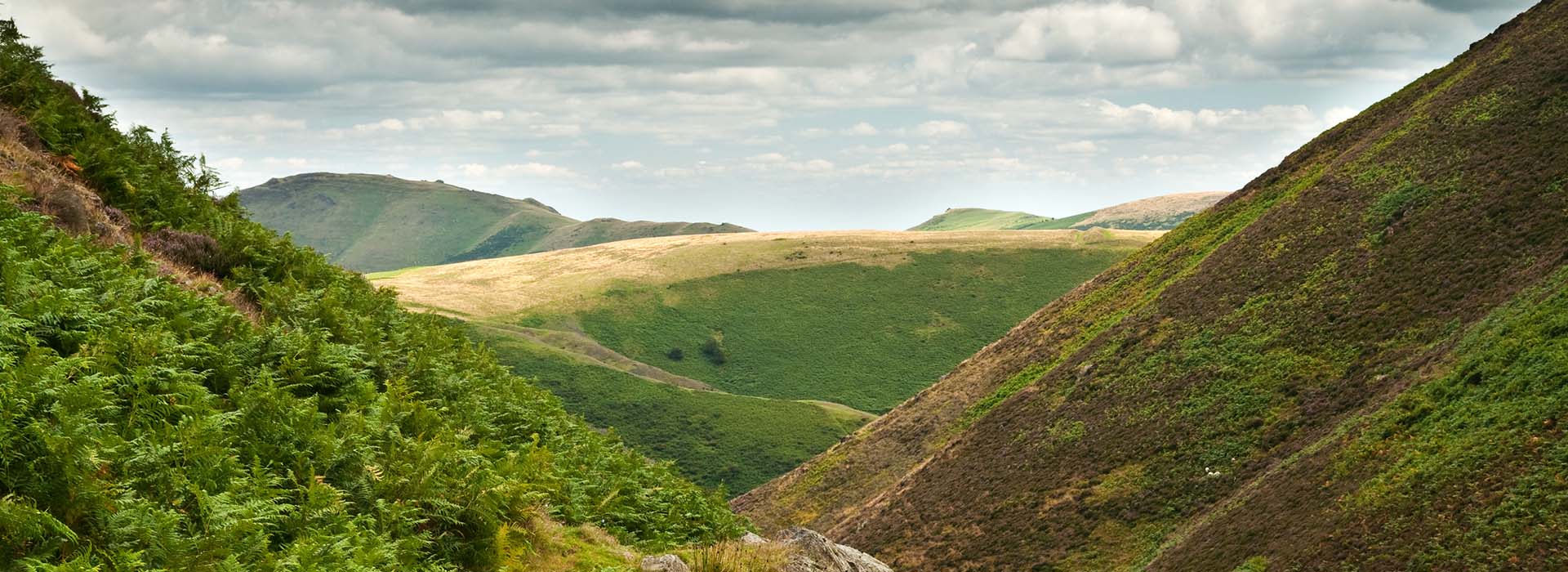
Our partner HF Holidays share their top five Shropshire Hills and Walks.
1. The Long Mynd
This broad heather ridge lies to the west. Several crag-fringed, steep sided small valleys cut into it and provide superb walks to the tops. Trek the Carding Mill Valley from where you can access a fantastic waterfall known as Lightspout, look out for the long twisting valley of Ashes Hollow and climb to the rockiest top, Devil’s Mouth, which has great views. Alternatively, ascend to the Pole Bank, the summit of the Long Mynd, past swathes of heather and wild ponies, for 360⁰ views of up to 50 miles.
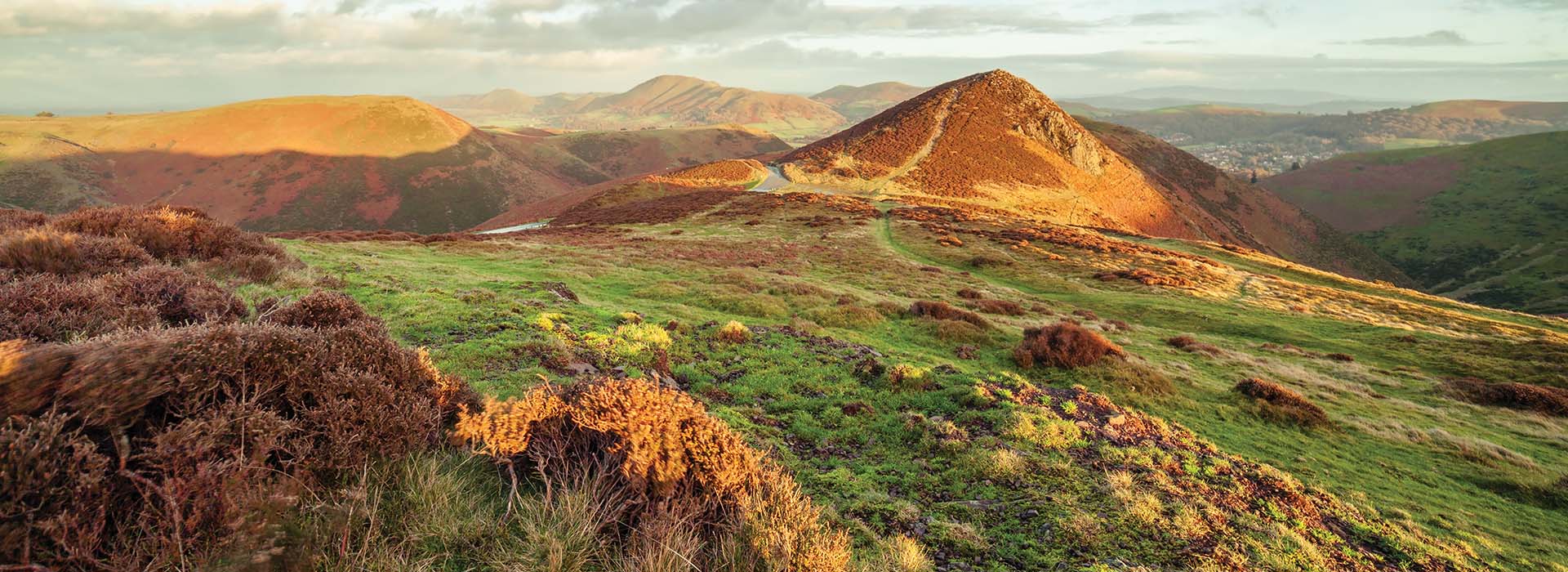
2. Stiperstones
The Stiperstones ridge is easily recognisable thanks to the jumbled quartz tors at the southern end of the ridge. Nearly 500 million years ago the summit would have risen out of glaciers, whose freezing and thawing shattered the tors to form scree, but these days it provides stunning panoramas of the area. The crags are named prosaically – look out for the Devil’s Chair, Shepherd’s Rock and Manstone Rock, which is the highest point.

3. Caer Caradoc
Although not the tallest Shropshire Hill, this is the most iconic, with a distinctive shape and precipitous sides studded with dark volcanic rocks. There’s an Iron Age fort on the summit to explore; Caradoc, also known as Caractacus, was a British chieftain who resisted Roman rule for more than a decade; he is thought to have fought, and lost his final battle on this mountain. Marvel at the landscape and imagine the feet that trod here before you.
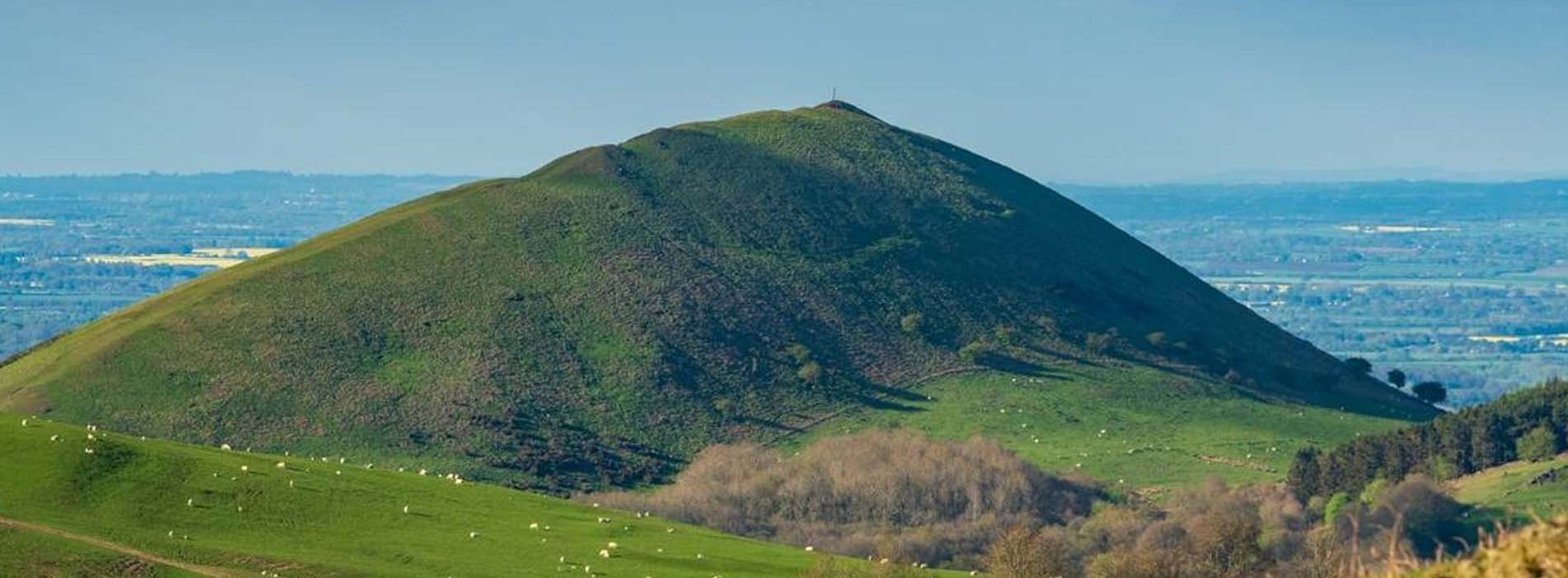
4. The Lawley
The modest sized Lawley is just 377m high, and the ridge is only 2 miles long, but it is the best pure ridge in the region. While it’s not exactly Crib Goch or Striding Edge, it still has far-reaching views over Shropshire from its grassy ridgeline, and as you stride out you’ll get a wonderful sense of openness. It also pairs well with Caer Caradoc and Hope Bowdler Hill for a longer walk.
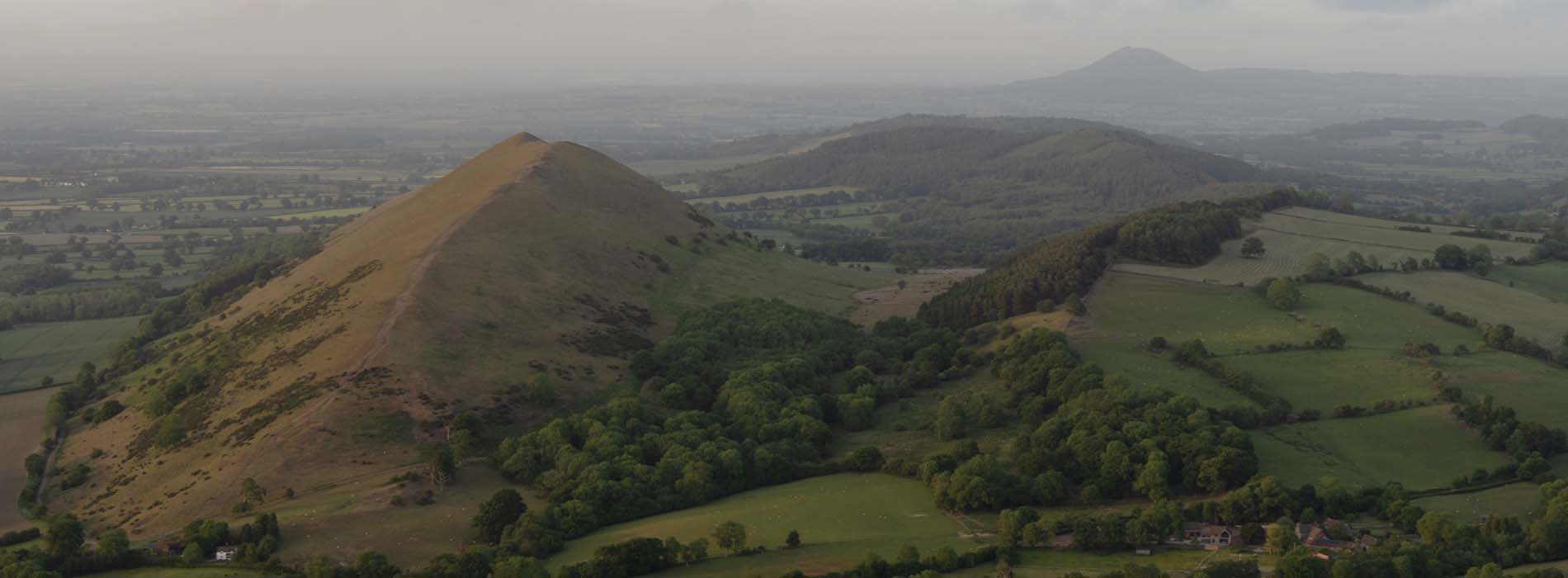
5. Ironbridge Gorge
This one isn’t immediately accessible from the house, and it isn’t a hill, but you can’t come to Shropshire and not see the Ironbridge Gorge. Here the River Severn forges its way through low wooded hills. It’s held to be the birthplace of the Industrial Revolution, the setting for the world’s first mass producer of cast iron and the location of the first cast iron bridge, built in 1779 to link two important industrial towns. All the original industry is now long gone, but the area remains a World Heritage Site, and you can walk through history on gentle paths and trails.
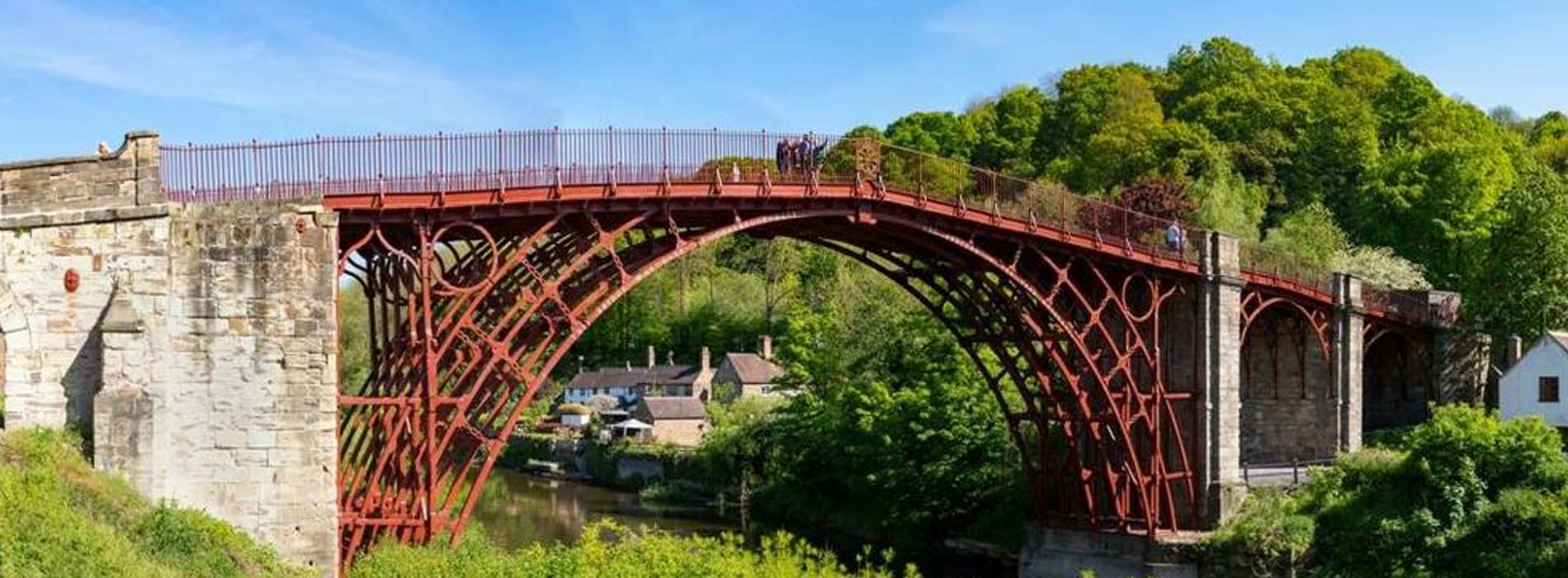
When to visit Shropshire and what to expect to see
During Spring: European gorse is one of the first plants to flower, filling the air with the scent of coconut. Throughout April spring annuals start to bloom too.
Between Mid-March and early May: birds begin to arrive for summer. Ravens lay eggs in February and the young hatch from mid-March, when the adults can be seen foraging for food on the hillsides. Stonechat, snipe and ring ouzel nest in April. The numbers of teal and curlew here have fallen, but red grouse numbers are good, and you’ll spot pairs feeding in the short heather until early May – they have a distinctive cackling call. Later, large flocks of mistle thrush move up the valleys to feed on bilberry.
Between March-April: amphibians become active. Frogs spawn in early March, common toads later in the month. Newts appear in the ponds in April and you’ll start to spot common lizards basking in the sun.
In May: bluebells burst into life and you can walk through carpets of them in Helmeth Wood.
Over summer: insects are at their greatest numbers; common heath moths fly in good numbers, and in the evenings fox moths and oak eggers skim the heath. Stroll through the bracken to spot stripy broom moth caterpillars and disturb squadrons of silver-line moths.
During summer: butterflies including small heaths, graylings, green-veined whites and, if you’re lucky, dark-green fritillaries flutter along the edges of the paths and across dry grassy areas.
In July: tufts of cotton appear on the cotton grass, and the pink flowers of bog pimpernel spot the wet marshy areas
Between July-August: local whinberry crops start to appear, covering the Long Mynd in a purple carpet of flowers; seek out these carpets by following the heady scent
From August: birds migrate to the lowlands and coasts, or to Iberia and Africa.
Discover walks in the Shropshire Hills with HF Holidays and stay at Longmynd House.
As a Rohan customer you can save £50 pp on UK walking holidays with HF Holidays for first time bookers.
Use code ROHAN at time of booking.
Valid from June 2021 to June 2022.
T&Cs apply. Offer available to Rohan customers of £50pp off our best available UK web rates. Can be used on any walking or special interest holiday at HF Holidays UK country houses. Applies to first time bookers only. **For double occupancy bookings please call to book on 0203 974 8878. Solo bookers can book online using the code ‘ROHAN’ or call if preferred. Non-member associate fee applies. Offers and discounts cannot be used in conjunction with: any other offer, 50% Off discounts, Family Holidays, Groups, Trails & Island Hopping. During the festive period this offer can only be used on 3nt breaks starting 27 December are subject to availability and can be withdrawn at any time. Upgrade/sole occupancy charges may apply. Visit our website for best available prices and full t&cs.
